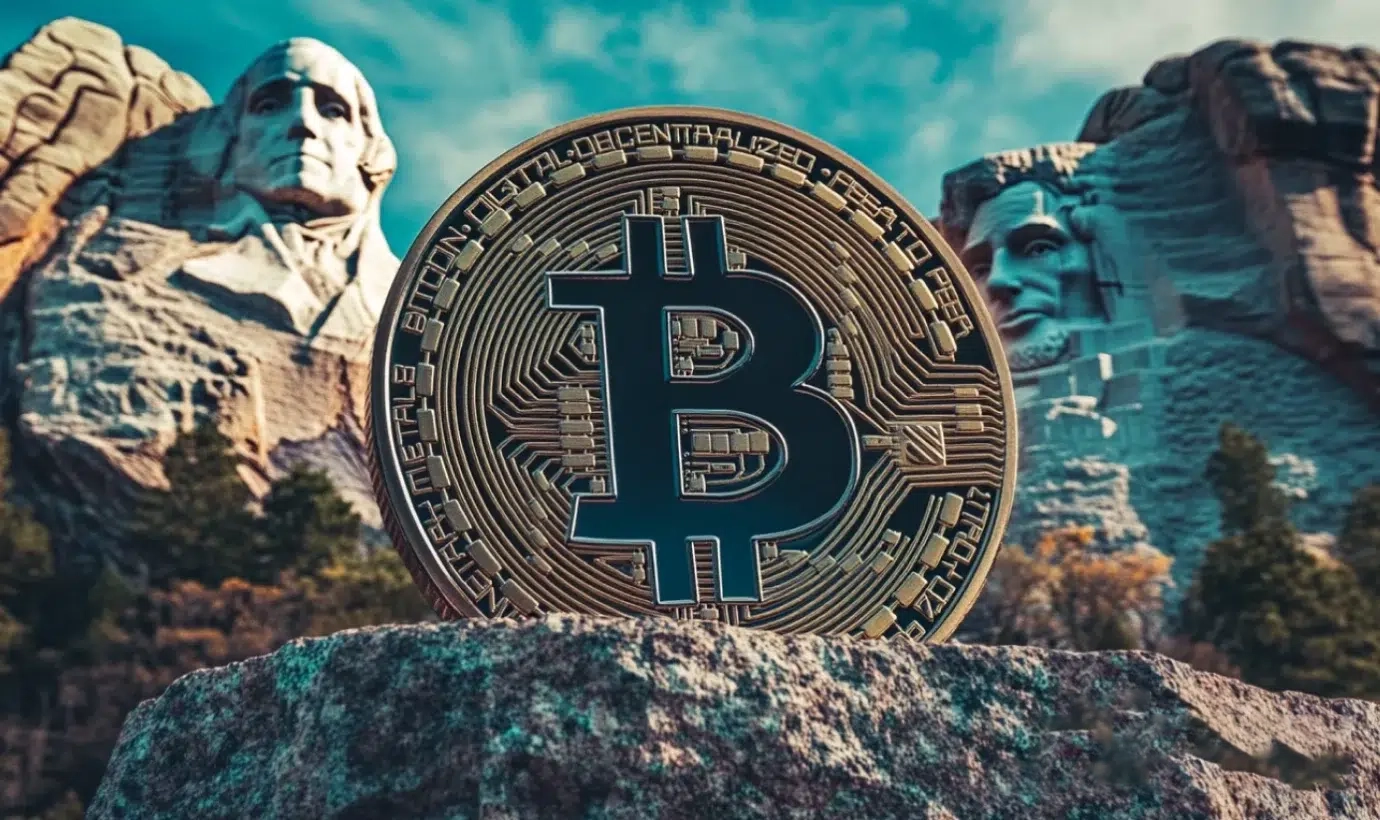Your Source for the Latest in Crypto Trends
What if Bitcoin bulls knew that Western central banks had started a new round of money-printing, the S&P 500 and Nasdaq – despite a brief summer scare – were close to record highs, U.S. Treasury yields were at multi-year lows, and gold was hitting new peak prices? Would they be interested?

It’s still unclear if the Federal Reserve will lower its main interest rate by 0.25% or 0.5% next week, but one thing is certain: the U.S. central bank is set to begin its first easing cycle since 2019. The Fed will join other major Western banks, like the European Central Bank, the Bank of England, and the Bank of Canada, all of which have already cut interest rates, some more than once. Japan, however, has not joined in and has even started to raise rates slightly, though their main rate is still very close to zero at 0.25%.
Traditional markets have reacted as expected, with stocks, bonds, and gold prices rising as central banks ease their policies. Bitcoin (BTC), however, has not followed this trend. Despite a small rally on Friday, its price remains below $60,000, around 20% lower than the all-time high of over $73,500 set six months ago.
“Look at the bigger picture,” said an expert who spoke to CoinDesk. Despite a big drop since March, Bitcoin is still up over 40% this year and 127% compared to a year ago. The recent drop in Bitcoin’s price could just be a pause after a big jump. In 2024, its gains are still ahead of U.S. stocks and gold.
However, looking even further back might disappoint Bitcoin supporters. Today, Bitcoin is well below its peak from nearly three years ago when it hit $69,000. If you consider the rapid inflation in the last three years, the situation looks even worse, especially for those who see Bitcoin as a hedge against inflation. In that time, the S&P 500 has risen by about 33%, and gold has gone up by more than 50%.
Steno Research noted that Bitcoin hasn’t been through many periods of rate cuts – really just one, which started in 2019. During that period, Bitcoin fell by about 15% between the Fed’s first rate cut in August and the end of November, after they had cut rates by 0.75% in total. It wasn’t until the massive money-printing during the COVID-19 crisis in March 2020 that Bitcoin hit bottom and began its rapid rise. This suggests that small, regular rate cuts might not have much impact on Bitcoin’s price; it might take bigger, emergency actions by central banks to trigger a new bull run.





